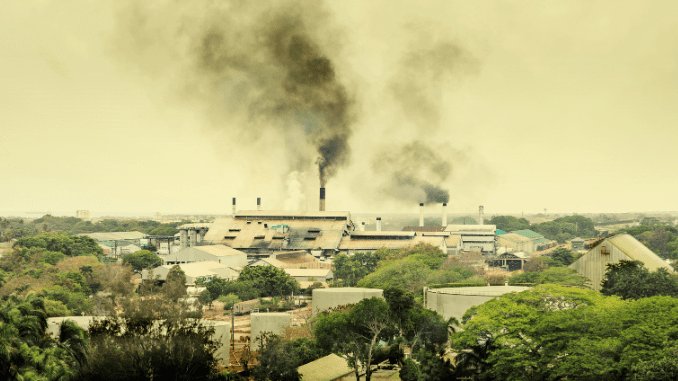
What is greenhouse effect
Introduction Greenhouse gases are those gasses present in the earth’s atmosphere that help to trap the heat received by the sun. The greenhouse effect is […]

Introduction Greenhouse gases are those gasses present in the earth’s atmosphere that help to trap the heat received by the sun. The greenhouse effect is […]
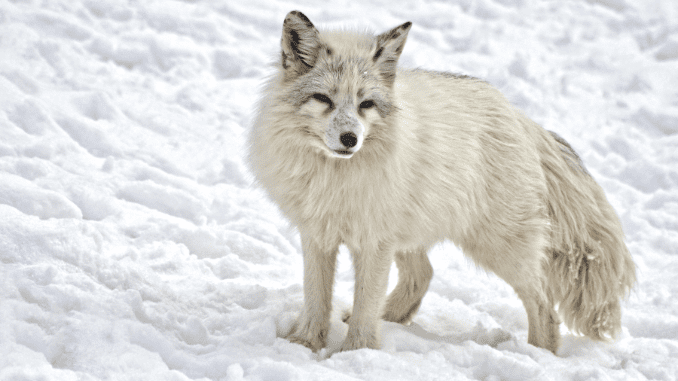
Introduction The flow of energy in an ecosystem through various plants and organisms is known as the food chain. The tundra biome has a unique […]
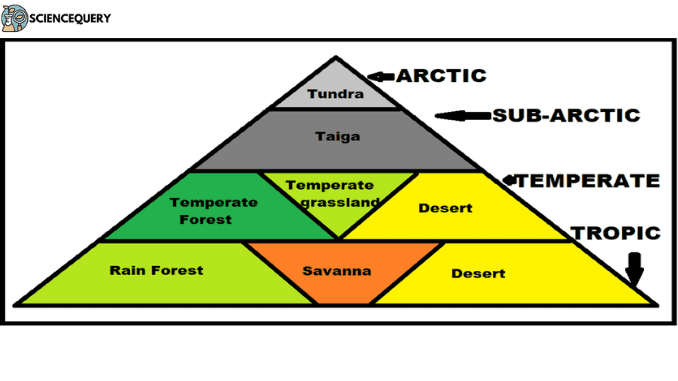
Introduction Biome is a major climax community of plants and animals. It generally corresponds to a climatic region. According to F.E Clements and V.S.Shelford, “ […]
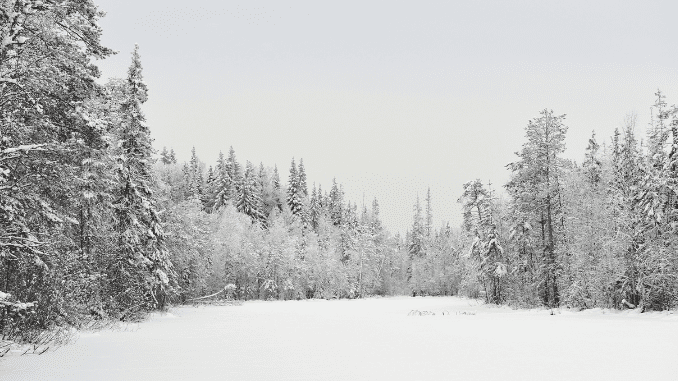
Introduction A food web is the representation of the interconnected feeding relationship among various components of an ecosystem. It transfers energy through various producers, consumers, […]
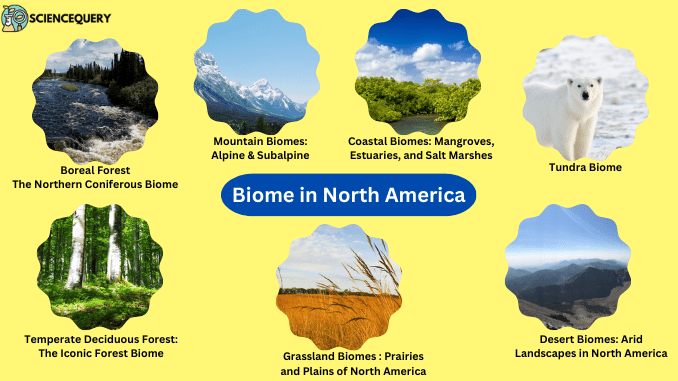
Biome in North America: Quick look Biomes in North America are formed by the interactions of all plants and animals with each other and with […]
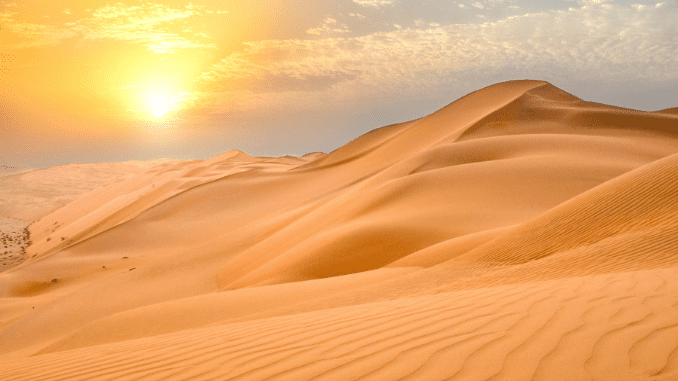
Desert ecosystem is characterized by arid conditions with low precipitation. It is largely barren, dry, and abandoned land without flora and fauna in the sand. […]
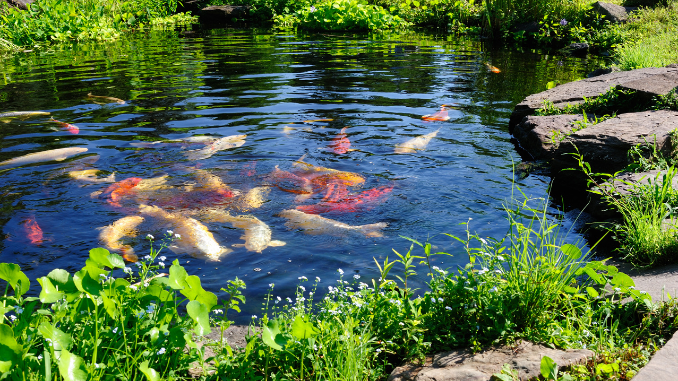
An ecosystem is a dynamic complex of plant, animal, and microorganism communities and the non-living environment, interacting as a functional unit. A pond is either […]

Introduction Carbon is considered to be the element that is present in almost all objects that we use in our day-to-day life and also is […]
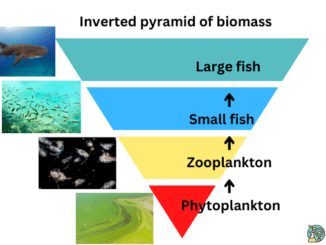
Know in one minute about the inverted pyramid of biomass The inverted pyramid of biomass shows the biomass of an organism in each trophic level […]
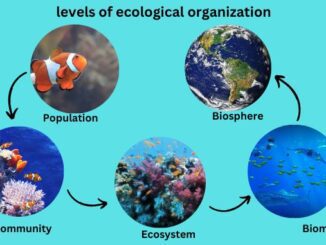
Know in one minute about levels of ecological organization There are 6 levels of ecological organization. These are organisms, population, biological community, ecosystem, biome, and […]
Copyright © 2024 | WordPress Theme by MH Themes